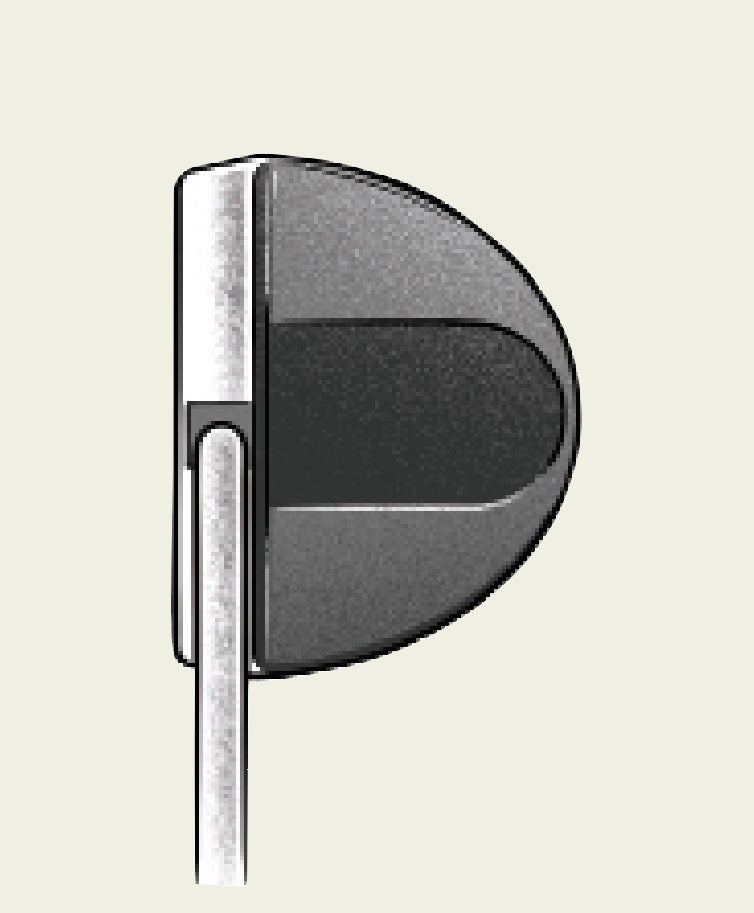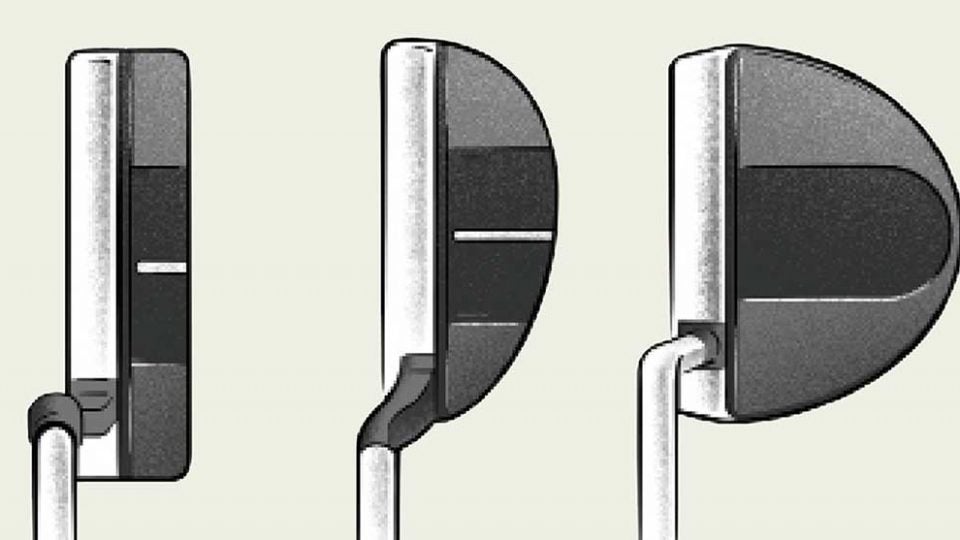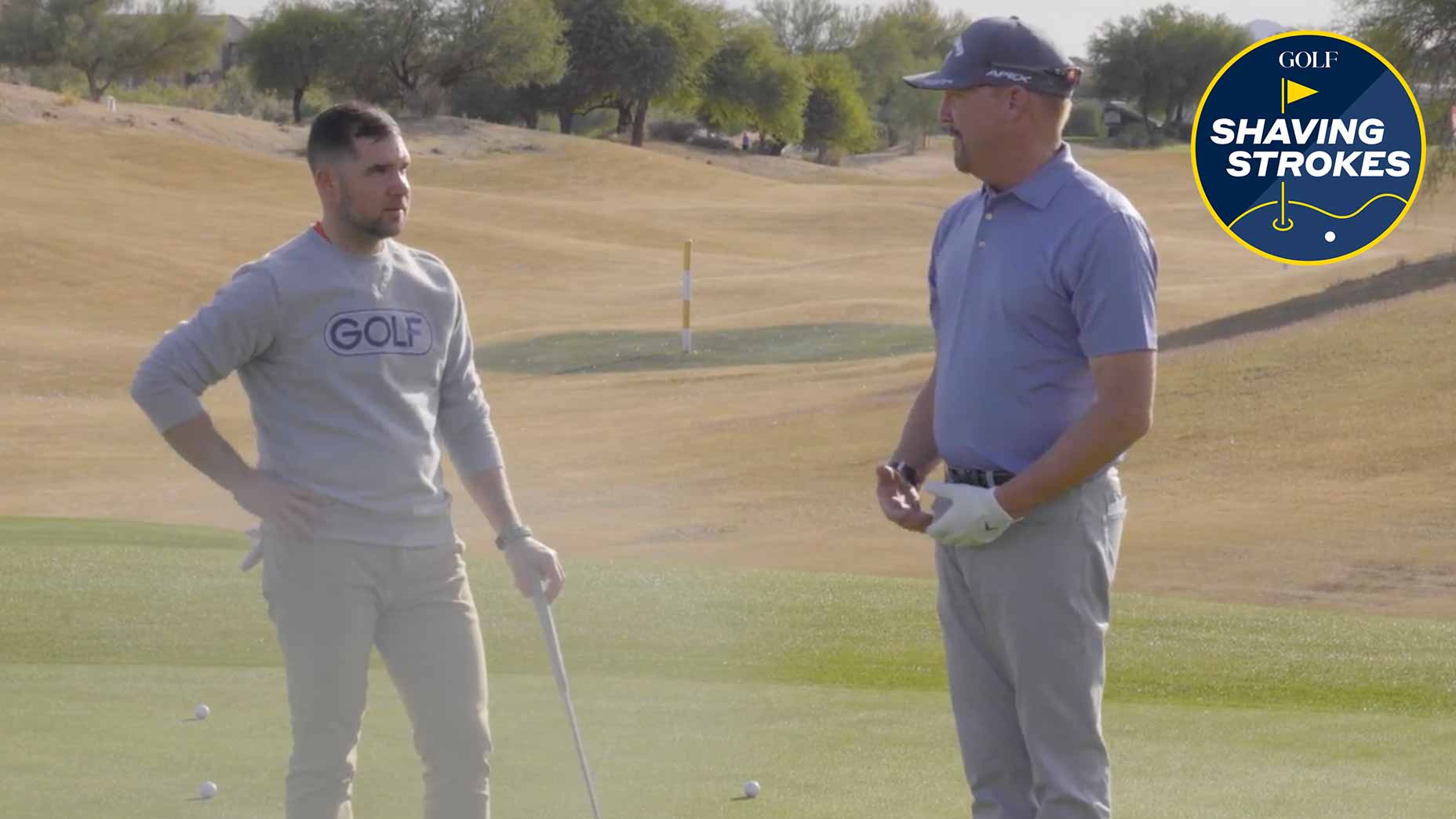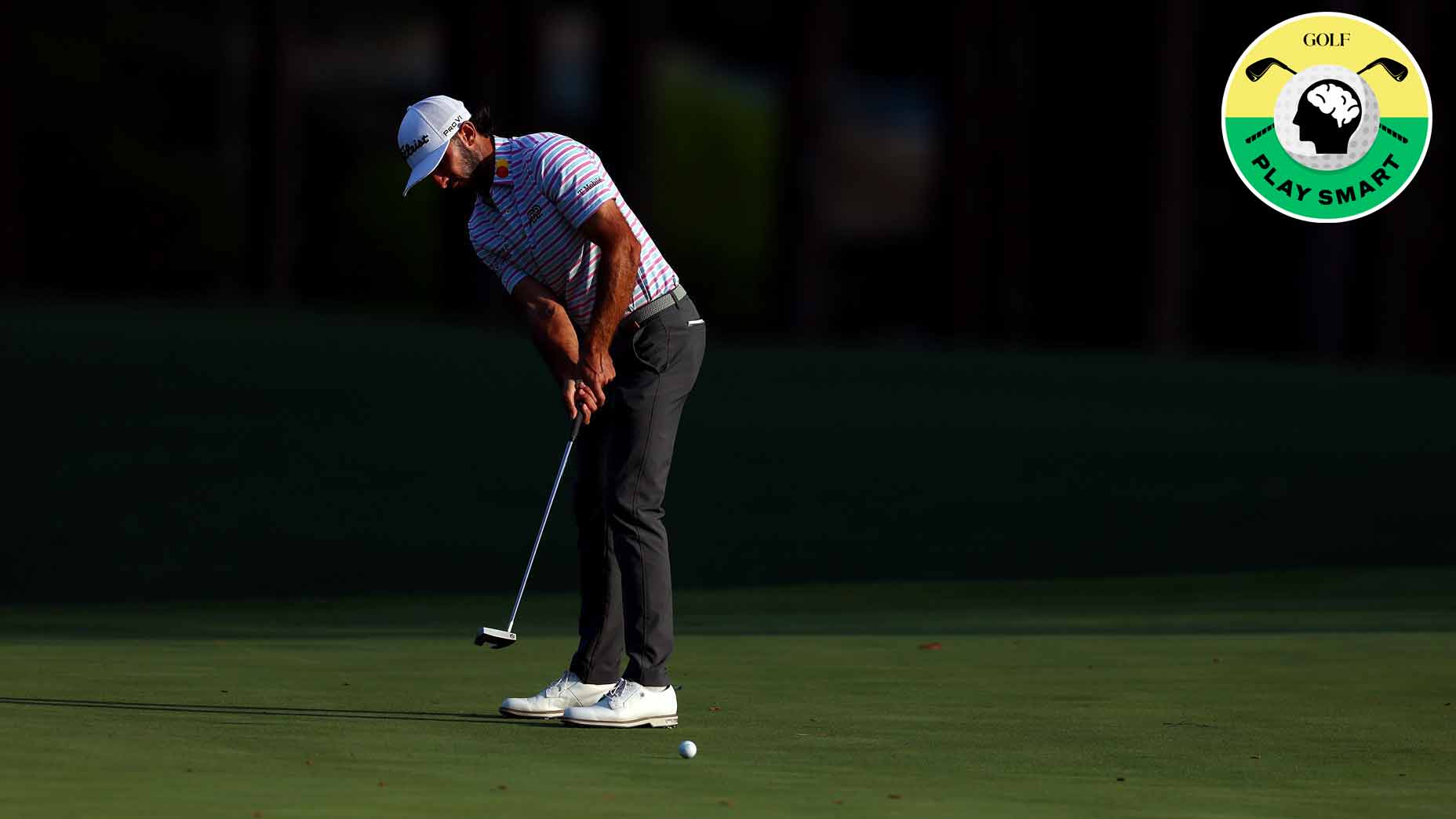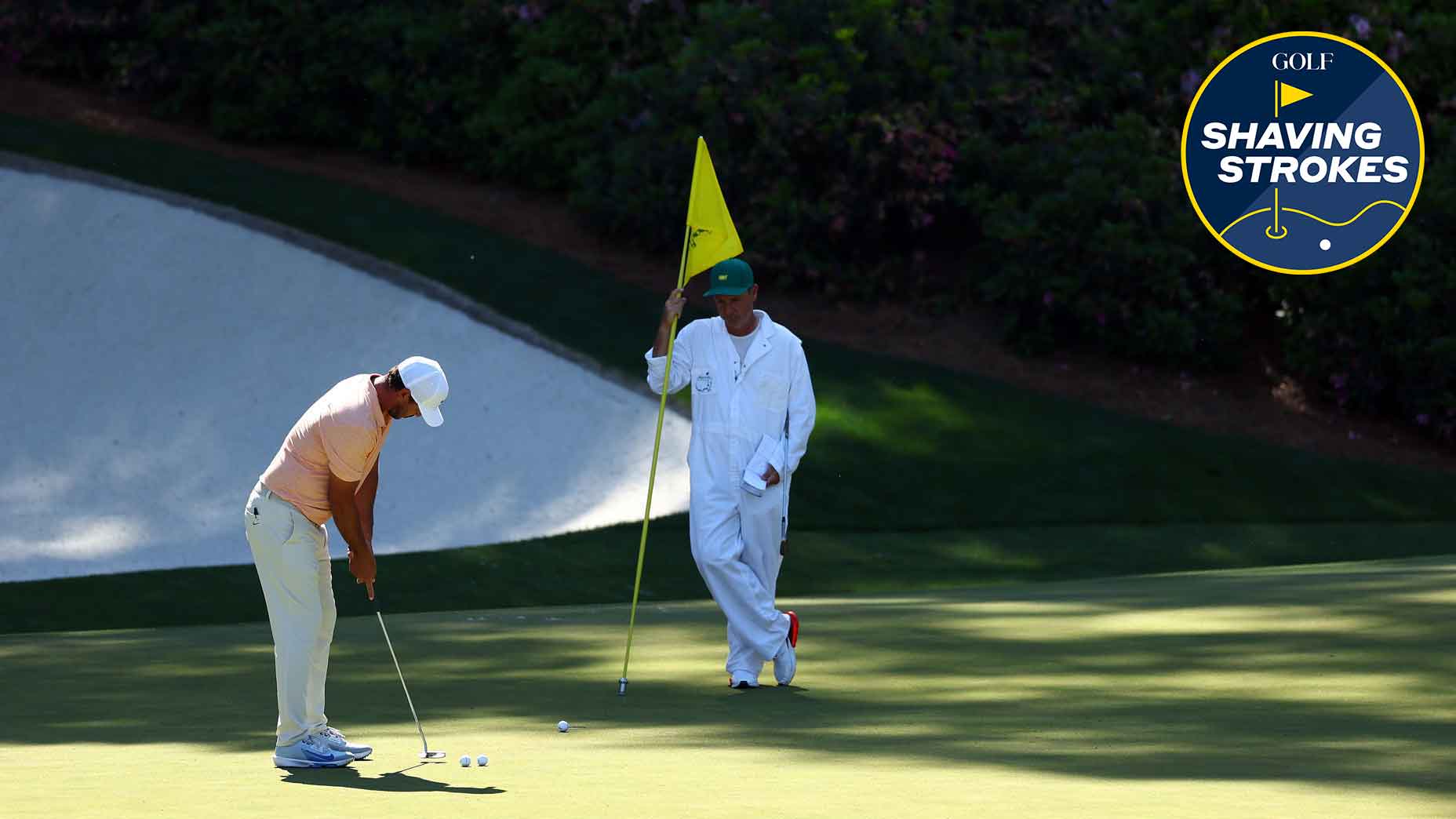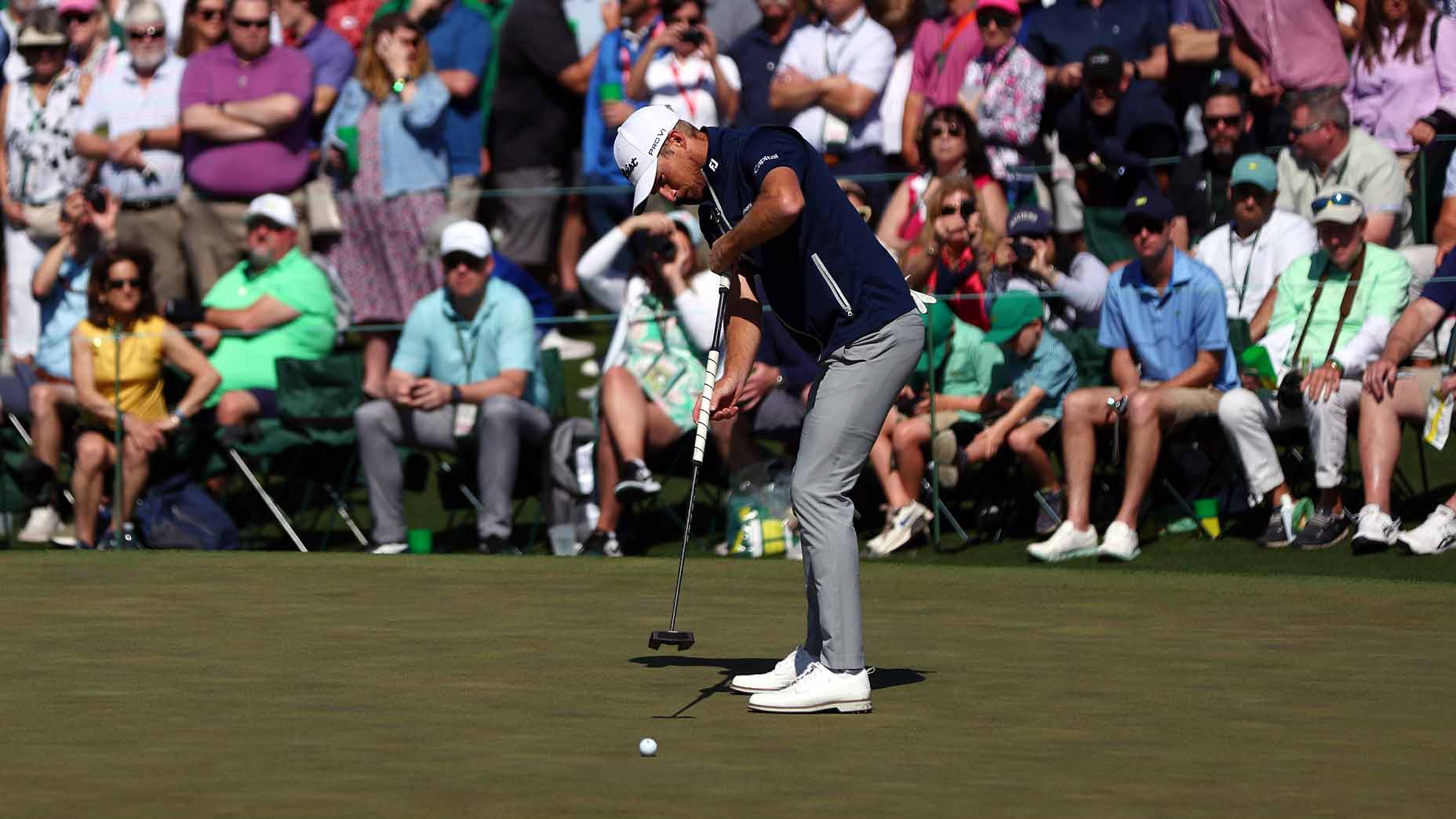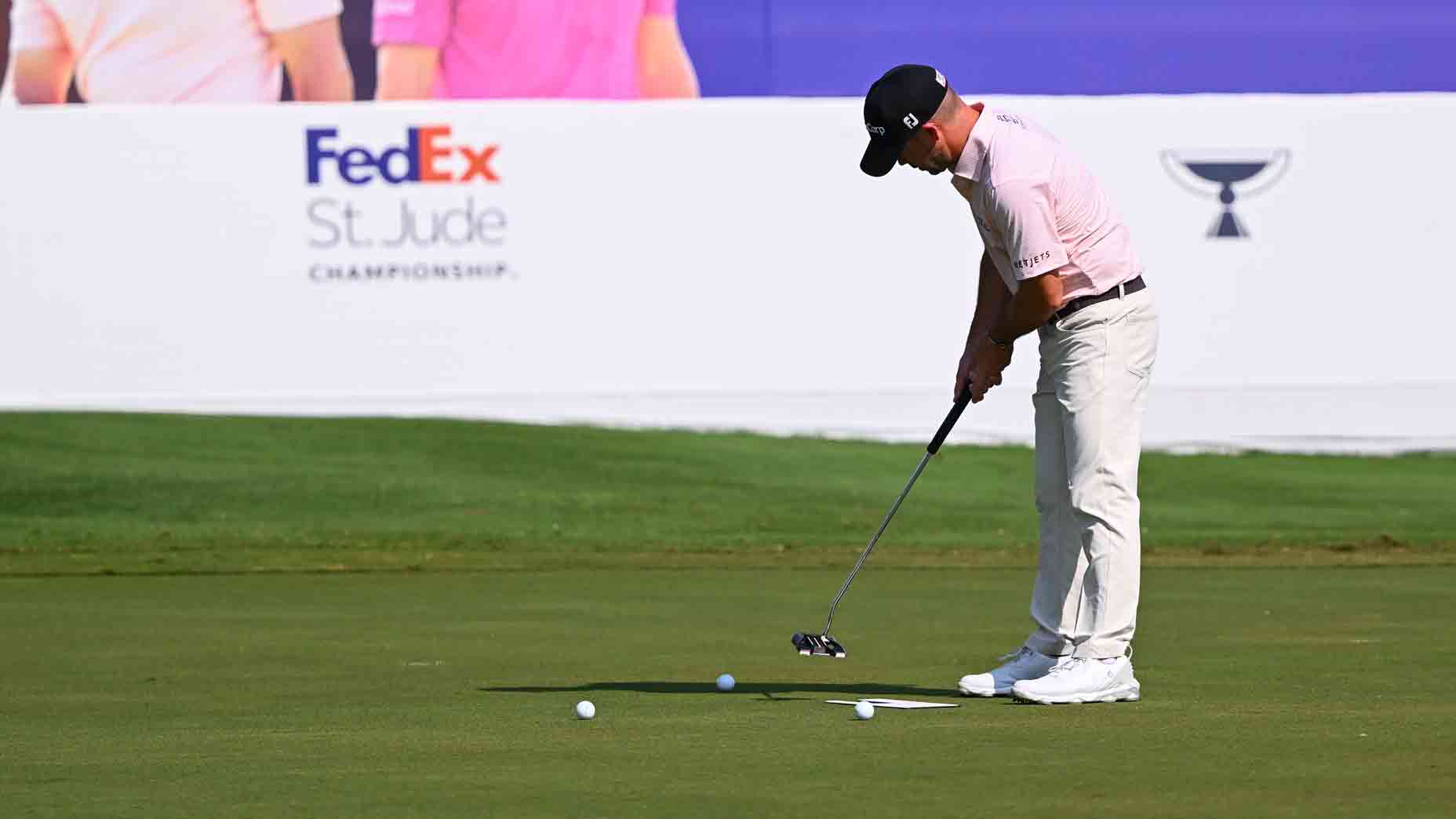Editor’s Note: GOLF Top 100 Teacher Mike Shannon is one of the most renowned putting instructors on earth. On the practice putting green at Sea Island Golf Club during the recent RSM Classic, I had the pleasure of picking Shannon’s mind about the art of putting, who explained to me how different styles of putters can effect different putting strokes. But remember, this is just an overview! For the best results, you need a putter fit to your exact specifications. Our friends over at True Spec, which is owned by our parent company 8am Golf, can fit you for the ideal putter for your stroke.
A Tour-level putting stroke features between two and four degrees of arc. That’s the sweet spot for recreational players, too. But you can’t get there if your putter isn’t a fit for your motion. Understanding how different putter shapes are designed to interact with your stroke (and your setup) is an important first step. Start with the four shapes below. – Mike Shannon, GOLF Top 100 Teacher
Offset For Aim
A lingering tendency to miss right or left might be due to aiming errors. That is influenced by how much offset a putter has. A putter with an offset hosel, like the model above, naturally favors a left-aim bias (so can help players during their putting stroke who tend to aim too far right).
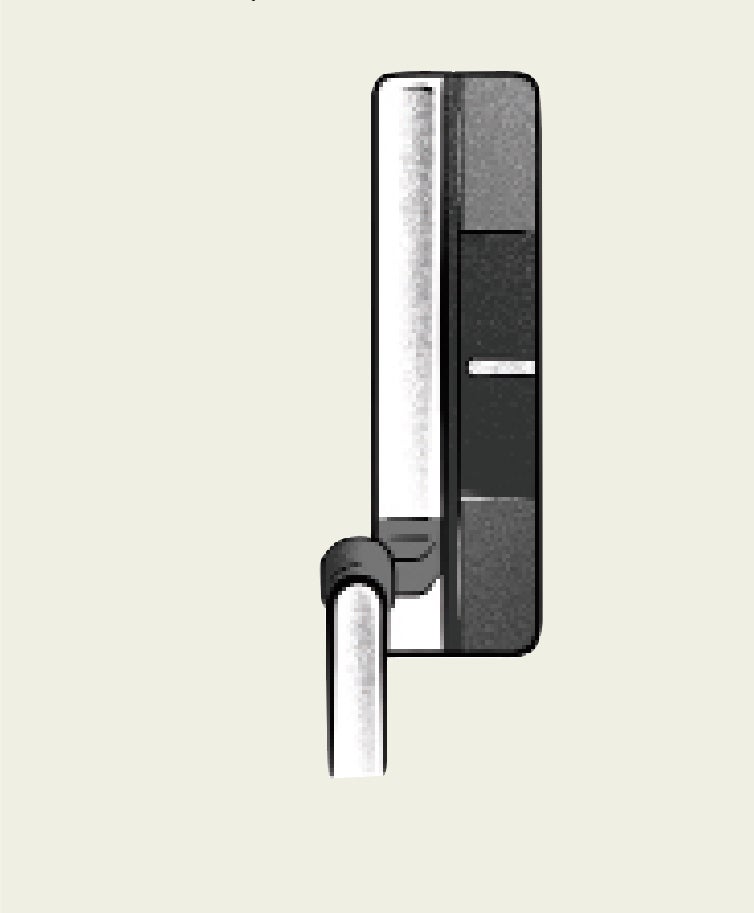
Toe Hang For Arc
Golfers who swing the putter to the outside on the backstroke may prefer a toe-hang putter, designed to promote a more in-to-in arc motion.
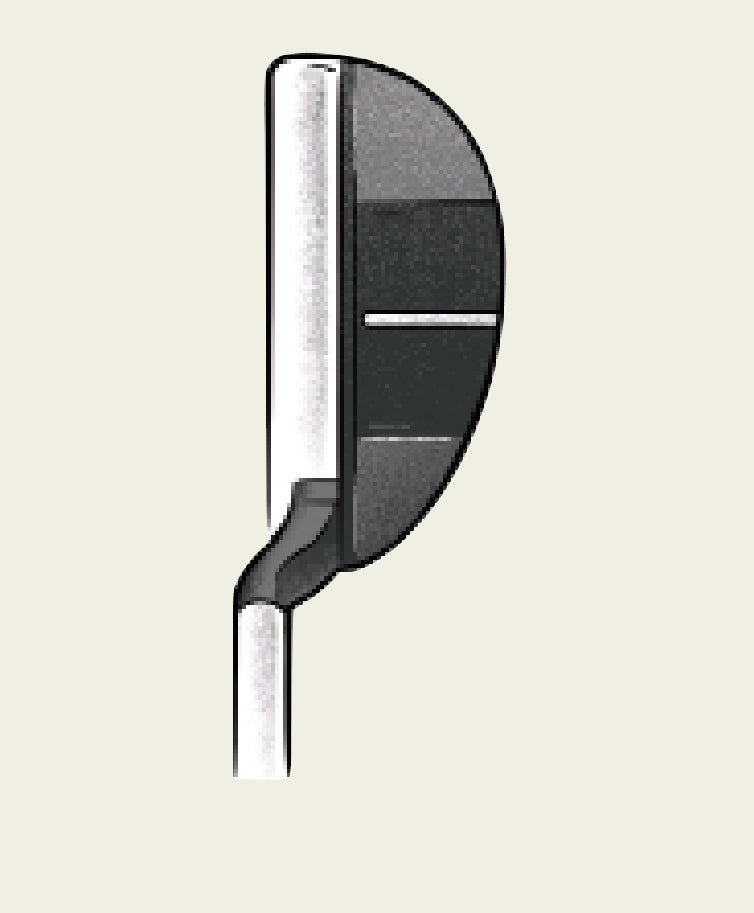
Face-Balanced For Control
A slight arc is natural. If yours is more than four degrees, you’re risking an open putterface during your putting stroke. The straighter-line stroke induced by a face-balanced mallet is the quick fix.
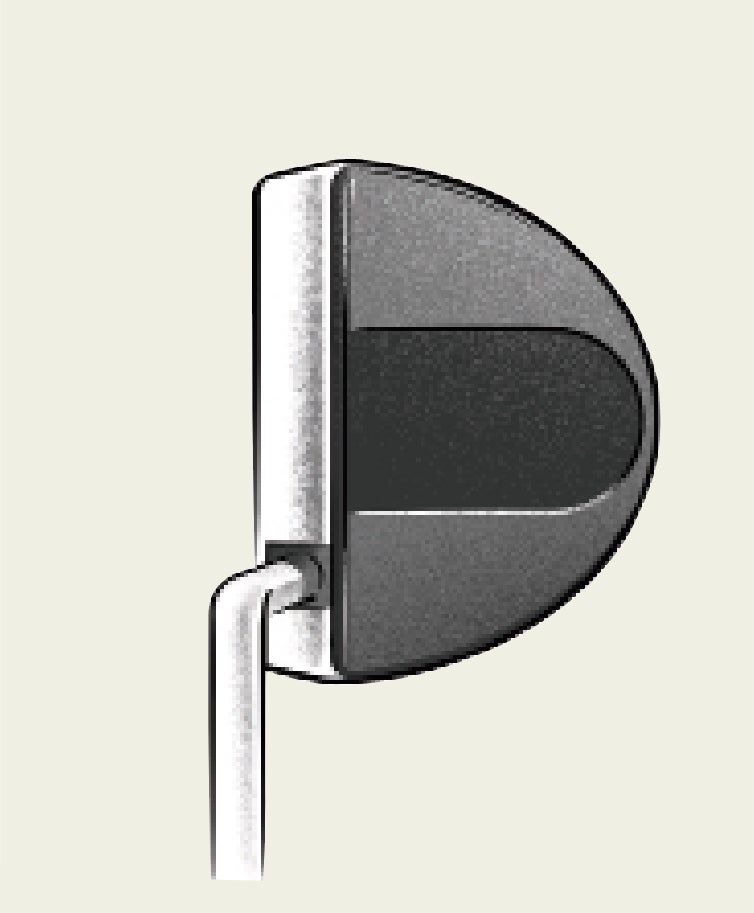
Center-Shaft For Center Hits
You won’t always catch the center of the sweet spot, but if you’re consistently catching the toe or heel, opt for a center-shafted mallet, which twists less than other putters on off-center strikes during your putting stroke.
